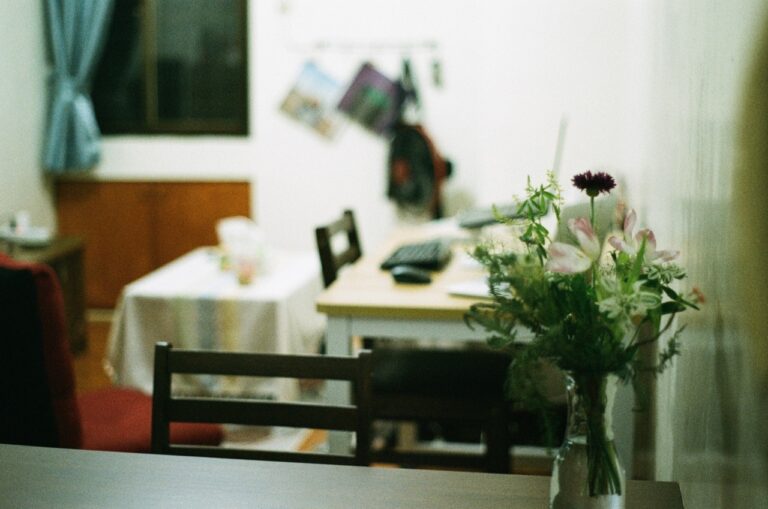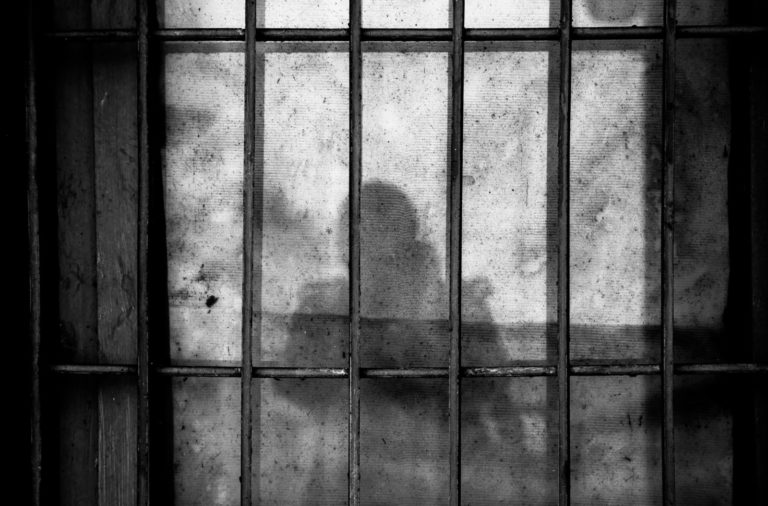Everyone knows Edward P. Jones’s Pulitzer Prize-winning novel, The Known World. Or at least they should. Regularly, I find myself talking about the book with fellow writers and students as if I’m talking about family, because I’m so familiar with its characters and its plot about a black man who owned slaves and the ensuing chaos upon his death. Only too often I hear, “you know, I haven’t read that book yet.” I wince every time, because Jones is, quite simply, our greatest living American writer.
As unparalleled an achievement as The Known World is, Jones’s short story collections, Lost in the City and All Aunt Hagar’s Children, are just as masterful. “Bad Neighbors,” from All Aunt Hagar’s Children, is one of my favorites, because it showcases all the things that Jones does in both the long and short form. In fact, Jones’s stories often read like novels because of the way he treats time, sometimes stretching it out, sometimes compressing it, speeding it up or slowing it down, giving the stories a breadth and depth that make you feel you’ve been on a much longer journey than the term “short story” would suggest.
Like all of the stories in both collections, “Bad Neighbors” is set in Washington, D.C., on the streets of a neighborhood that was once white, changed to black, and is on its way to becoming white, again. When the Benningtons, the supposed bad neighbors, move into the black, upwardly mobile neighborhood, they are immediately thought to be too low class to associate with their neighbors. They commit the crimes of moving in on a Sunday (“which was still the Lord’s day”), moving at least twelve people into a three-bedroom home, and owning “the kind of car most of the men in the neighborhood had owned on their way up to where they were now.”
This story is at turns poignant, devastating and political. It also happens to be a love story and a cautionary tale. Jones makes me laugh and makes me time travel while he’s teaching me so much. That’s a whole lot—a lot of lives—to get out of a short story. Jones reminds those of us who may have forgotten, who got us to where we are, and continue to get us to where we’re going, that we are nothing but a chain of humanity. Sharon, a much sought-after girl in the neighborhood, is too good for any of the Bennington boys, so the neighbors say, but Jones reminds us of who she was, not too long ago. She takes “delight in seeing boys wither as they stood close enough to smell the mystery that had nothing to do with perfume and look into the twinkling brown eyes she had inherited from a grandmother who had seen only the morning, afternoon, and evening of a cotton field.”
Not only in “Bad Neighbors” but in everything he writes, Jones reminds us that if we don’t acknowledge the humanity in each other, we are doomed to the tragedy of an unexamined life.
“Bad Neighbors” by Edward P. Jones
Even before the fracas with Terence Stagg, people all along both sides of the 1400 block of 8th Street, N.W., could see the Benningtons for what they really were. First, the family moved in not on Saturday or on a weekday, but on Sunday, which was still the Lord’s Day even though church for many was now only a place to visit for a wedding, or a funeral. Perhaps Easter or Christmas. And those watching that Sunday, from behind discreetly parted, brocaded curtains and on porches rarely used except to go back and forth into homes, had to wonder why the Bennington family even bothered to bring along most of their furniture. They had a collection of junk that included a stained queen-size mattress, a dining room table with three legs, a mirror with a large missing piece in one corner, and a refrigerator dented on two sides. One neighbor, his second cup of morning coffee in hand, joked to his wife that the Bennington refrigerator probably wouldn’t work without a big block of ice in it to cool things. During the move-in, the half-dressed little Benningtons occupied themselves running to and from the two medium-size moving trucks, taking in clothes that had busted out of the cardboard boxes during the trip from whatever countrified shack they had left. Over the next two weeks or so, it became clear that the house at 1406 8th, with its three bedrooms, would be containing at least twelve people, though that number was always fluid, so neighbors on both sides of the street would never get a proper accounting, and they would never know who was related to whom.
To read the rest of this story visit The New Yorker or check out Edward P. Jones’s All Aunt Hagar’s Children from The Center for Fiction’s library, which features the story “Bad Neighbors,” or purchase the book.





















